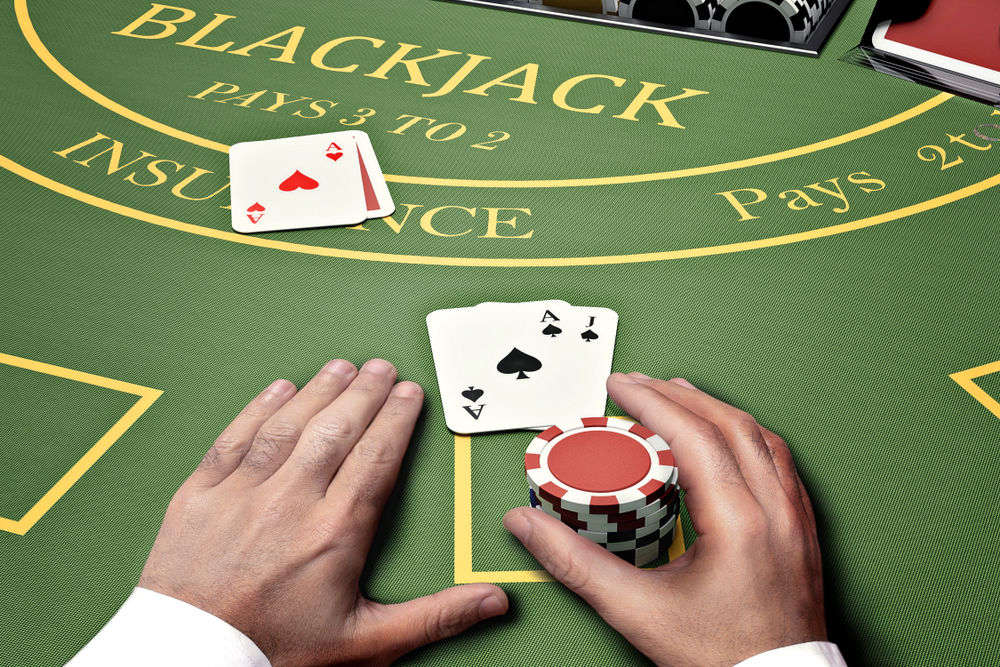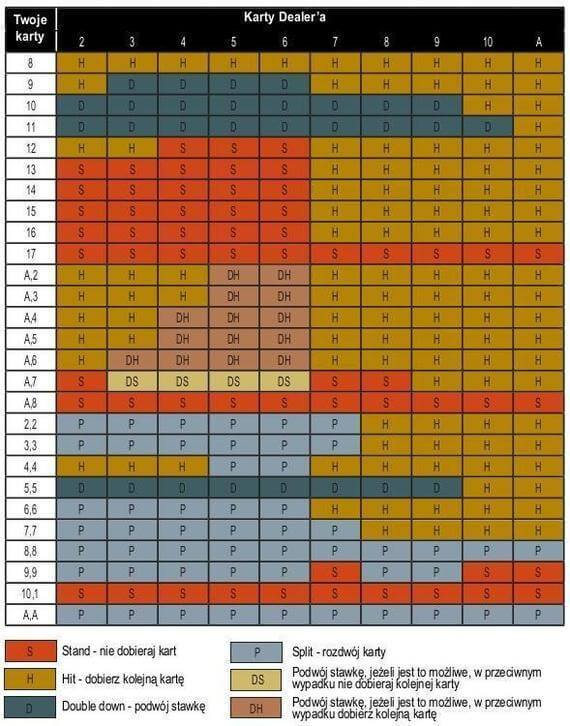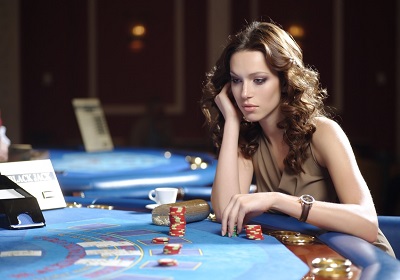Zasady Gry Blackjack
Rules For Casino Blackjack, illegal gambling cases in the philippines, blackjack 6220, macau casino prostitutes. Free Blackjack Games 2020 - Play blackjack FREE with our instant, no registration games. Enjoy 60+ of the best blackjack games (choose from many variants). When talking about no deposit bonuses you need to know that there are a few Illustrious 18 Blackjack types of bonuses. First of all you have the free money bonuses which means that you get an amount in cash to play for. There is then also the free spins which often is limited to a specific type of game. Blackjack Online. Blackjack.org is the best resource to practice blackjack online, while learning and mastering the game of blackjack.Learn how to play blackjack online, practice your skills with our. ♠free online blackjack game or compare the latest real money blackjack bonuses from reputable online casinos.
- Appendices
- Miscellaneous
- External Links
On This Page
Rules
I overhear a lot of bad gambling advice in the casinos. Perhaps the most frequent is this one, 'The object of blackjack is to get as close to 21 as possible, without going over.' No! The object of blackjack is to beat the dealer. To beat the dealer the player must first not bust (go over 21) and second either outscore the dealer or have the dealer bust. Here are the full rules of the game.
- Blackjack may be played with one to eight decks of 52-card decks.
- Aces may be counted as 1 or 11 points, 2 to 9 according to pip value, and tens and face cards count as ten points.
- The value of a hand is the sum of the point values of the individual cards. Except, a 'blackjack' is the highest hand, consisting of an ace and any 10-point card, and it outranks all other 21-point hands.
- After the players have bet, the dealer will give two cards to each player and two cards to himself. One of the dealer cards is dealt face up. The facedown card is called the 'hole card.'
- If the dealer has an ace showing, he will offer a side bet called 'insurance.' This side wager pays 2 to 1 if the dealer's hole card is any 10-point card. Insurance wagers are optional and may not exceed half the original wager.
- If the dealer has a ten or an ace showing (after offering insurance with an ace showing), then he will peek at his facedown card to see if he has a blackjack. If he does, then he will turn it over immediately.
- If the dealer does have a blackjack, then all wagers (except insurance) will lose, unless the player also has a blackjack, which will result in a push. The dealer will resolve insurance wagers at this time.
- Play begins with the player to the dealer's left. The following are the choices available to the player:
- Stand: Player stands pat with his cards.
- Hit: Player draws another card (and more if he wishes). If this card causes the player's total points to exceed 21 (known as 'breaking' or 'busting') then he loses.
- Double: Player doubles his bet and gets one, and only one, more card.
- Split: If the player has a pair, or any two 10-point cards, then he may double his bet and separate his cards into two individual hands. The dealer will automatically give each card a second card. Then, the player may hit, stand, or double normally. However, when splitting aces, each ace gets only one card. Sometimes doubling after splitting is not allowed. If the player gets a ten and ace after splitting, then it counts as 21 points, not a blackjack. Usually the player may keep re-splitting up to a total of four hands. Sometimes re-splitting aces is not allowed.
- Surrender: The player forfeits half his wager, keeping the other half, and does not play out his hand. This option is only available on the initial two cards, and depending on casino rules, sometimes it is not allowed at all.
- After each player has had his turn, the dealer will turn over his hole card. If the dealer has 16 or less, then he will draw another card. A special situation is when the dealer has an ace and any number of cards totaling six points (known as a 'soft 17'). At some tables, the dealer will also hit a soft 17.
- If the dealer goes over 21 points, then any player who didn't already bust will win.
- If the dealer does not bust, then the higher point total between the player and dealer will win.
- Winning wagers pay even money, except a winning player blackjack usually pays 3 to 2. Some casinos have been short-paying blackjacks, which is a rule strongly in the casino's favor.
Wizard's Simple Strategy
I've been preaching for years that to play blackjack properly requires memorizing the basic strategy. However, after pitching the basic strategy for 20 years, I've learned that few people have the will to memorize it. In my book, Gambling 102, I presented a 'Simple Strategy,' which is seven simple rules to playing blackjack. The cost due to incorrect plays with the Simple Strategy is 0.53%, under liberal Vegas Strip rules.
Ever since my book was published it has bothered me that the cost in errors to my Simple Strategy was too high. So in September 2009 I developed the following 'Wizard's Strategy.' The cost due to imperfect plays is 0.14% only, relative to liberal Vegas Strip rules. That is the cost of one hand for about every 12 hours of play. Compared to the 250 cells in the Basic Strategy, the Wizard's Strategy has only 21, as follows.
Let me be perfectly clear that this strategy is not right 100% of the time. I continue to get Emails saying that when this strategy was used with my practice game, the player was corrected for following it. For example, my simple strategy says to stand on 12 against a 2, when it is mathematically better to hit. If you want to learn a strategy that is correct all the time you should use the appropriate basic strategy for the set of rules you are playing.

Here are some comments of clarification.
- A 'hard' hand is one that either has no aces, or has aces that are forced to count as point, lest the hand bust. A 'soft' hand is one with at least one ace, which may still count as one or eleven points.
- With a hard 10 or 11, double if you have more points than the dealer, treating a dealer ace as 11 points. Specifically, double with 10 against a 2 to 9, and with 11 against 2 to 10.
- If the strategy says to double, but you have three or more cards, or table rules don't allow soft doubling, then hit, except stand with a soft 18.
- If the strategy says to surrender (16 vs. 10), but you can't for whatever reason, then hit.
- If the strategy says to 'not split,' then treat the hand has a hard total of 8, 10, or 20, according to the pair in question.
A reader named Jeff provided another table of my simple strategy, with exceptions in small print. Details about the Wizard's Simple Strategy can be found in my Blackjack appendix 21.
Basic Strategy
For the appropriate basic strategy for just about any set of rules, please visit my basic strategy calculator. I still have my traditional charts too:House Edge
Play my custom-made blackjack game. A special feature is that it tells you when you make a mistake in basic strategy. Choose from various numbers of decks and rule variations.

See my Blackjack House Edge Calculator to determine the house edge under 6,912 possible rule combinations.
Rule Surveys
Las Vegas: I'm proud to feature up date blackjack rules for every casino in Las Vegas. The list is updated monthly, based on Stanford Wong's Current Blackjack Newsletter. Effective November 2009 the survey has been moved to my companion site, WizardOfVegas.com.Rule Variations
Following is a list of some common rule variations and the effect on the player's expected return compared to standard U.S. rules (8 decks, dealer stands on soft 17, double after split allowed).
Rule Variations
| Rule | Effect |
|---|---|
| Single deck | 0.48% |
| Early surrender against ten | 0.24% |
| Player may double on any number of cards | 0.23% |
| Double deck | 0.19% |
| Player may draw to split aces | 0.19% |
| Six-card Charlie | 0.16% |
| Player may resplit aces | 0.08% |
| Late surrender | 0.08% |
| Four decks | 0.06% |
| Five decks | 0.03% |
| Six decks | 0.02% |
| Split to only 3 hands | -0.01% |
| Player may double on 9-11 only | -0.09% |
| Split to only 2 hands | -0.10% |
| European no hole card | -0.11% |
| Player may not double after splitting | -0.14% |
| Player may double on 10,11 only | -0.18% |
| Dealer hits on soft 17 | -0.22% |
| Blackjack pays 7-5 | -0.45% |
| Blackjack pays 6-5 | -1.39% |
| Blackjacks pay 1 to 1 | -2.27% |
Beware Short Pays on a Blackjack
More and more tables are showing up that pay less than the full 3 to 2 on a blackjack. Most of these tables pay 6 to 5, but some even money and 7 to 5 tables are known to exist. I would estimate that 10% of '21' tables in Las Vegas now pay less than 3 to 2. In my opinion, only games that pay 3 to 2 deserve to be called 'blackjack,' the rest fall under '21' games, including Super Fun 21 and Spanish 21. Regardless of the other rules, you should demand nothing less than 3 to 2 blackjack. You should always check the felt to be sure, and if the felt doesn't say, look for a sign. If nothing says the win on a blackjack, then ask.
Articles about 6-5 Blackjack:- Taking a hit: New blackjack odds further tilt advantage toward the house, Las Vegas Sun, Nov. 13, 2003.
- Tighter blackjack rules would hurt players' bankroll, Pittsburgh Tribune-Review, Feb. 4, 2011.
Bad Strategies
Three popular bad strategies encountered at the blackjack table are: never bust, mimic the dealer, and always assume the dealer has a ten in the hole. All three are very bad strategies. Following are my specific comments on each of them, including the house edge under Atlantic City rules (dealer stands on soft 17, split up to 4 hands, double after split, double any two cards) of 0.43%.
Never bust: For my analysis of this strategy I assumed the player would never hit a hard 12 or more. All other decisions were according to correct basic strategy. This 'never bust' strategy results in a house edge of 3.91%.
Mimic the dealer: For my analysis of this strategy I assumed the player would always hit 16 or less and stand on17 or more, including a soft 17. The player never doubled or split, since the dealer is not allowed to do so. This 'mimic the dealer' strategy results in a house edge of 5.48%.
Assume a ten in the hole: For this strategy I first figured out the optimal basic strategy under this assumption. If the dealer had an ace up, then I reverted to proper basic strategy, because the dealer would have peeked for blackjack, making a 10 impossible. This 'assume a ten' strategy results in a house edge of 10.03%.

Play Blackjack
Practice your blackjack game using my two training tools.
Practice Basis Strategy | Practice Card Counting |
Zasady Gry Blackjack Game
Written by: Michael ShacklefordWe host a diverse selection of games, from multiple providers. What they all have in common is that they have detailed, in-game instructions so that you know how to play the game, what the pay lines are, and the expected RTP (Return to Player).
Once inside the game, click the 'i' icon and you will see a panel similar to the one shown in the image below.
The first page will usually be the pay-table, along with details of the RTP. Use the arrows at either side of the panel to show further details of any bonuses or in game feature.
To close the instructions, click/tap on the 'X'.
You may also find the instructions behind a 'Help' symbol or in the 'Game Rules' section of the menu, usually found next to out logo in the corner of the game.
Zasady Gry W Blackjack
Last modification date: 11/30/2020